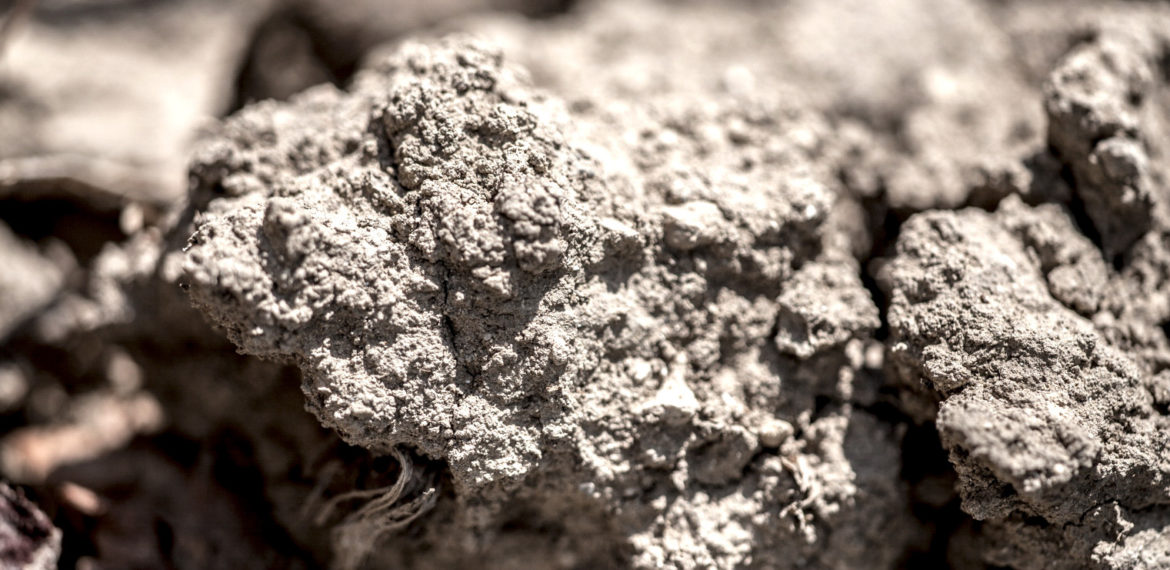
Being BioIntegral, as seen here, means not only safeguarding our growing environment, but also its constant, persistent enhancement: building a valuable and healthy ecosystem, which will be proudly handed down to our children. A harmonious environment, a vital environment.
In order for this intention not to stop at some nice words, a program system is being examined to be developed into a concrete way of working.
Primary objective: evaluate a growing environment to determine the vitality rate. First step: the state of the situation, to be calculated at its “stage zero” by monitoring a number of features and/or activities.
How to do it? There are two possible paths to follow, both authoritative and complementary:
- on the one hand, the involvement of professors of the Faculty of Agriculture of the University of Florence for the scientific evaluation of some parameters (see below) and for the establishment of an ad hoc PhD project. The people involved are:
– Stefano Benedettelli (Department of Agricultural Production and Environment);
– Annalisa Romani (PHYTOLAB);
– Stefano di Blasi (agronomist and oenologist); - on the other hand, the involvement of CSQA for the assessment of biodiversity, thanks to the application of the policy document Biodiversity Friends (specializing in the protection of biodiversity).
But what are, specifically, the activities to be performed and the characteristics to be monitored to calculate the stage zero of vitality of a growing environment?
1. quantify the biological quality of the soil through the recognition of the different varieties of flora and fauna *;
2. assess the presence of hedges and / or woods;
3. and of nectariferous plant species;
4. preserve agricultural biodiversity through enhancement of native vine varieties, ancient fruit varieties and so on. *;
5. quantify the quality of surface water through the recognition of the different species of aquatic macrofauna;
6. assess air quality through detection of lichen species of vegetation;
7. use renewable sources for energy supply;
8. enhance low-impact production techniques: where possible, replace mechanical traction with animal traction and / or exploit technologies with less
impact on soil *;
9. predict the presence of beehives in the farm.
Each of these parameters is scored: the Biointegral farmer can then start from numbers undoubtedly related to their cultivation environment because they were calculated through concrete observation and scientifically certified. Such numbers will determine the status quo of our cultivation environment and will draw the map of a new identity: the stage zero of the Biointegral essence.
* Results obtained with the support of the Faculty of Agriculture of Florence.

